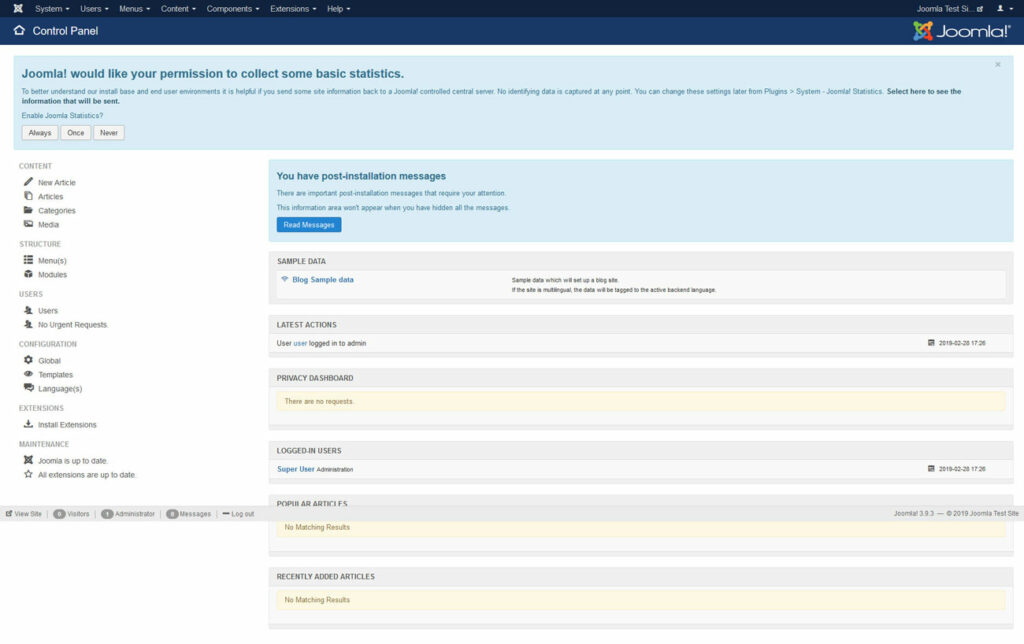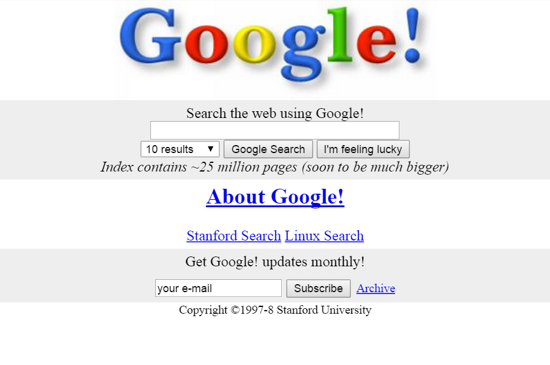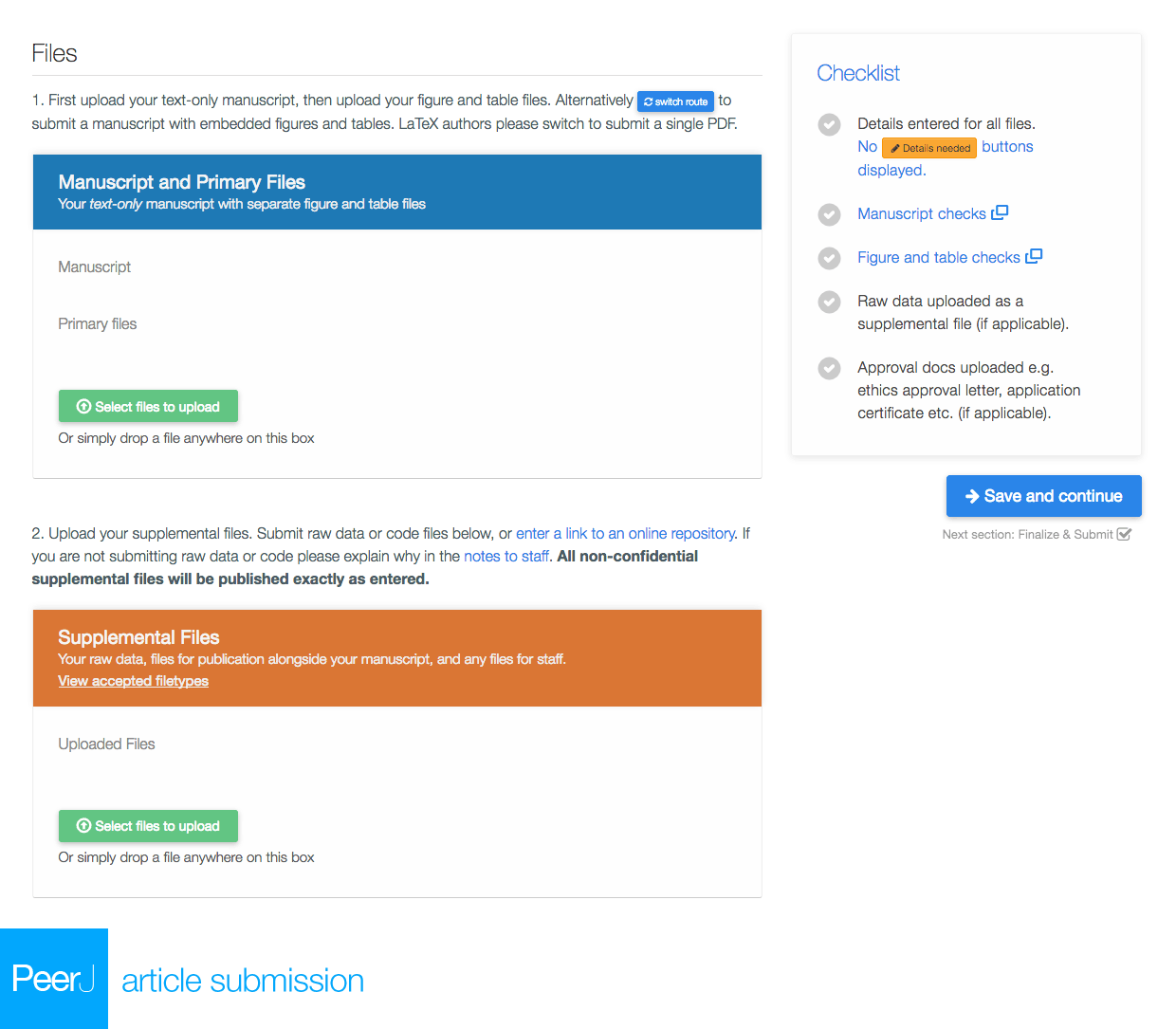First Version Of This Webpage Published
Note: ADHS is open Monday through Friday from 8 a.m. To 5 p.m., except state holidays. Any documents contained on this Web site that are translations from original text written in English are unofficial and not binding on this state or a political subdivision of this state. The narration of the First Vision best known to Latter-day Saints today is the 1838 account. First published in 1842 in the Times and Seasons, the Church’s newspaper in Nauvoo, Illinois, the account was part of a longer history dictated by Joseph Smith between periods of intense opposition. Whereas the 1832 account emphasizes the more. Use Your Target Keyword In The First 100 Words. This is an old school on-page SEO tactic that still makes a difference. All you need to do is use your main keyword once in the first 100-150 words of your article. For example, in my article optimized around the keyword “email marketing”, I mentioned that keyword right off the bat. To compare and contrast the new and old pdf versions, you can click the link to the August 5, 2014 legacy pdf and then click the link to the August 5, 2014 TMOG version. While the format for the newer pdf version cannot be changed in the short term, we greatly appreciate your feedback and suggestions about improving it for future releases.
- First Version Of This Webpage Published Citation
- First Version Of This Webpage Published Book
- First Version Of This Webpage Published Apa
- First Version Of This Webpage Published Version
 by Christopher Heng, thesitewizard.com
by Christopher Heng, thesitewizard.comOne of my visitors recently wrote to ask me why her site did not have the two column layout after she published it online using the Dreamweaver web editor.That is to say, she had earlier designed a 2 column web page, but when she uploaded it to her website and checked it with her web browser, the columnsseemed to have disappeared. Another variation of this question, asked by another visitor some time ago, is why the images of a web page do not appearin a web page after it has been published, even though those same images can be seen when the page is viewed from within Dreamweaver.
Preamble
This is not a general guide on how to use theDreamweaverweb editor. It's written to answer a specific question asked by someone facing a problem.
If you are looking for a basic tutorial on how to design a website with Dreamweaver, please go to either theDreamweaver CS6 tutorial,the Dreamweaver CS5.5tutorial, the DreamweaverCS5 tutorial, the DreamweaverCS4 tutorial or the Dreamweaver CS3tutorial, depending on which version of Dreamweaver you have.

In addition, if you are a complete newcomer to website making, it may be a good idea to readHow to Start / Create a Website:The Beginner's A-Z Guide.
Otherwise, if you are someone who is really facing this issue, read on.

Background Information: How a Web Page is Put Together
When you design a web page, the content you write is contained in a part of the web page known as the 'HTML code', and it is very often stored ina file that has a name ending in '.html'. This 'HTML code' only holds the stuff you type, as well as the basic structure of your web page. Itdoesn't have very much information about the appearance of your web page.
Things pertaining to the visual appearance, such as the layout, number of columns, colours (or 'colors' if you useUS English), fonts,the size and placement of your text, etc, are handled by something known as the 'CSS code'. This is sometimes stored in a separate filethat has a name ending in '.css'.
In addition, if you have inserted photos or images onto your web page, these photos and images are kept in separate files as well. They arenot embedded into your HTML file.
A more detailed explanation of this can be found in the articleWhat is HTML, CSS, JavaScript, PHP and Perl?Do I Need to Learn Them to Create a Website? Don't worry. It's also written in layman's language so you don't need to be steep in the jargonof computer geeks to understand it.
In order for your web page to appear the way you designed it to be, all these files must be published to your website. That is, the HTML file(containing the words that you wrote), the CSS file (containing instructions on the visual appearance of your web page), and any images you used(containing the pictures that you inserted into the page) must all be uploaded to your site on the Internet. If any one is missing, then yourweb page will not appear exactly as you designed it.
In other words, if your web page does not appear the way you designed it in Dreamweaver, it probably means one or more of these files were not uploadedto your website. Chances are that only your HTML file was published. That's why you still see the words you typed but not the visual layout and design,since the information about those things are contained in different files.

Solution
To solve the problem, re-publish your web page by clicking the 'Site | Put' menu item again. This time, when Dreamweaver pops up a message asking'Put dependent files?', click 'Yes'. This will cause Dreamweaver to automatically upload all the necessary files for your web page.
Note: publishing a single web page using 'Site | Put' is explained in thesitewizard.com's Dreamweaver tutorials, mentioned earlier.If you are mystified by the term 'Site | Put', please check the main tutorials.
Help! I Didn't Get the 'Put Dependent Files' Prompt
If, after clicking 'Site | Put' to publish your website, you did not receive the 'Put dependent files?' prompt, do the following to re-enable it:
First Version Of This Webpage Published Citation
Click 'Edit | Preferences...' from the menu. That is, click the 'Edit' menu, followed by the 'Preferences...' item on the menu that appears.(On the Mac, you may have to click 'Preferences...' from the 'Dreamweaver' menu.)
A dialog box, entitled 'Preferences', will appear. Look for the line 'Site' in the leftmost column. Click it.
On the right side of the dialog box, look for the checkboxes for 'Prompt on get/check out' and 'Prompt on put/check in'. Make sure that bothcheck boxes are ticked. If not, click the box to put a tick into it.
Click the 'OK' button.

After you do this, do a 'Site | Put' again. The 'Put dependent files?' prompt should now appear, allowing you to answer 'Yes' to cause yourother files to be published.
Conclusion
Yes, I know. The solution itself is actually very short and simple. But the background information was necessary because I notice thatnewcomers seem to be either gripped by abject terror when things go wrong or by despair. My hope is that with more knowledge about how thingswork on your site, you will be in a better position to diagnose and solve problems in future, when they occur.
Copyright © 2009-2013 by Christopher Heng. All rights reserved.
Get more free tips and articles like this,on web design, promotion, revenue and scripting, from https://www.thesitewizard.com/.
Do you find this article useful? You can learn of new articles and scripts that are published onthesitewizard.comby subscribing to the RSS feed. Simply point your RSS feed reader or a browser that supports RSS feeds athttps://www.thesitewizard.com/thesitewizard.xml.You can read more about how to subscribe toRSS site feeds from my RSS FAQ.
This article is copyrighted. Please do not reproduce or distribute this article in whole or part, in any form.
First Version Of This Webpage Published Book
It will appear on your page as:
First Version Of This Webpage Published Apa
First Version Of This Webpage Published Version
thesitewizard™, thefreecountry™ and HowToHaven™ are trademarks of Christopher Heng.
This page was last updated on 17 April 2014.